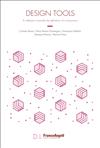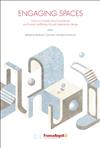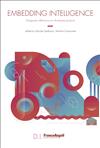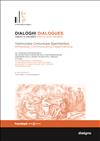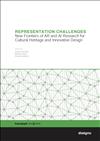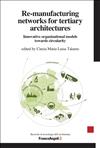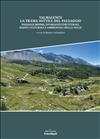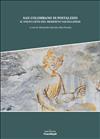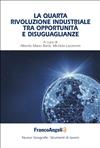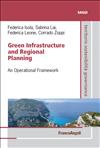
An Operational Framework
Planning green infrastructures at the regional scale can be considered an intentional way of spreading the positive impacts of environmental conservation policies. In this volume, a methodological approach is experimentally implemented into the Sardinian region (Italy), in order to identify both a regional green infrastructure, and a network of ecological corridors connecting the regional protected areas.
cod. 11786.3.1
